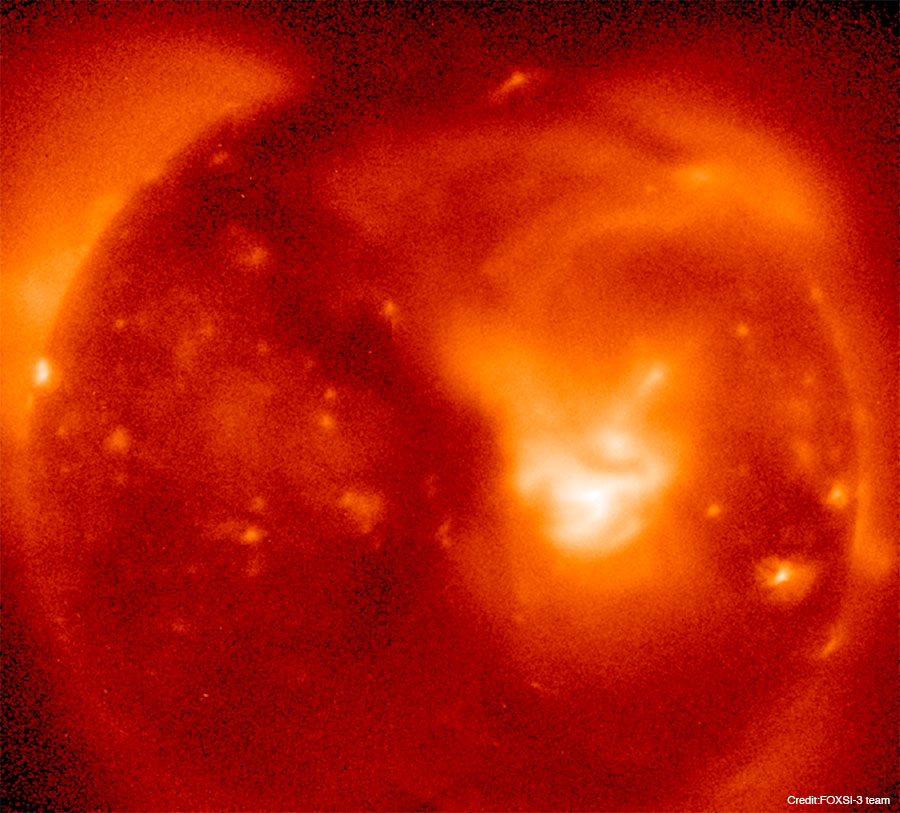
A square format seems more appropriate for display on a Wiki page.

Although the parent feature after which a lettered crater is named is not explicitly indicated, it can often be guessed: if the "parent" is a nearby crater, then the letter is placed next to the dot at a clock position pointing towards the parent. This can help in visualizing the pattern of named features, some of whose visibility varies with lighting angle. The supplemental maps showing lettered craters include circles representing the official IAU diameters (to scale) of each feature.

Blue dots are used for craters less than 50 km in diameter, green dots for craters between 50 and 100 km in diameter, and red dots for craters over 100 km in diameter. Yellow dots indicate non-crater features. Feature locations are indicated by colored dots (add the feature's official center) with the name printed to its right.The text list following the map includes all names (whether they are printed on the map or not). Although some names are missing for this reason, it is important to understand that since the program is told to print every name, the absence of any name or mark at a given location indicates that the feature at that position has no IAU-approved name. In such cases only the first name in the IAU list that appears at a given pixel location is printed on the map. However, LTVT can only plot one name at a given pixel location and there are a few cases where two names are assigned identical IAU coordinates (for example, a crater and a rima named after it), and others where they are so close they fall on the same pixel at the map scale (for example, many Apollo landing site names and IAU-approved minor feature names that originated on the highly detailed NASA topophotomaps. The labels in the main maps include all official feature names falling within the area displayed, with the exception of the lettered craters - whose positions are shown only on the supplemental maps shown later on the page.
#Lunar disk graph software#
The map images were produced by re-mapping Earth-based photos using the freeware Lunar Terminator Visualization Software (LTVT) and automatically labeling them using a complete list of IAU approved lunar surface feature names.


Each sectional map provides links to websites containing descriptions and additional information about the features lying within that map zone.(the format of this table is copied from the one used by Antonio Cidadão in his Moon-"Light" Atlas) This is the revised online edition of Antonin Rukl's ATLAS OF THE MOON (contains truckloads of disallowed names from the pioneers of selenography, unofficial nomenclature and nicknames from dedicated lunar observers, locations of impacted and/or soft-landed manmade objects, NASA-related names and nicknames from the Apollo era, etc. 1 This is the revised online edition of Antonin Rukl's ATLAS OF THE MOON (contains truckloads of disallowed names from the pioneers of selenography, unofficial nomenclature and nicknames from dedicated lunar observers, locations of impacted and/or soft-landed manmade objects, NASA-related names and nicknames from the Apollo era, etc.


 0 kommentar(er)
0 kommentar(er)
